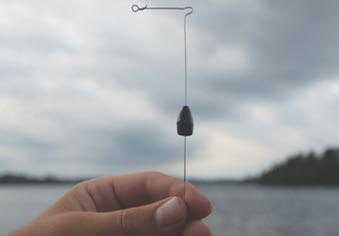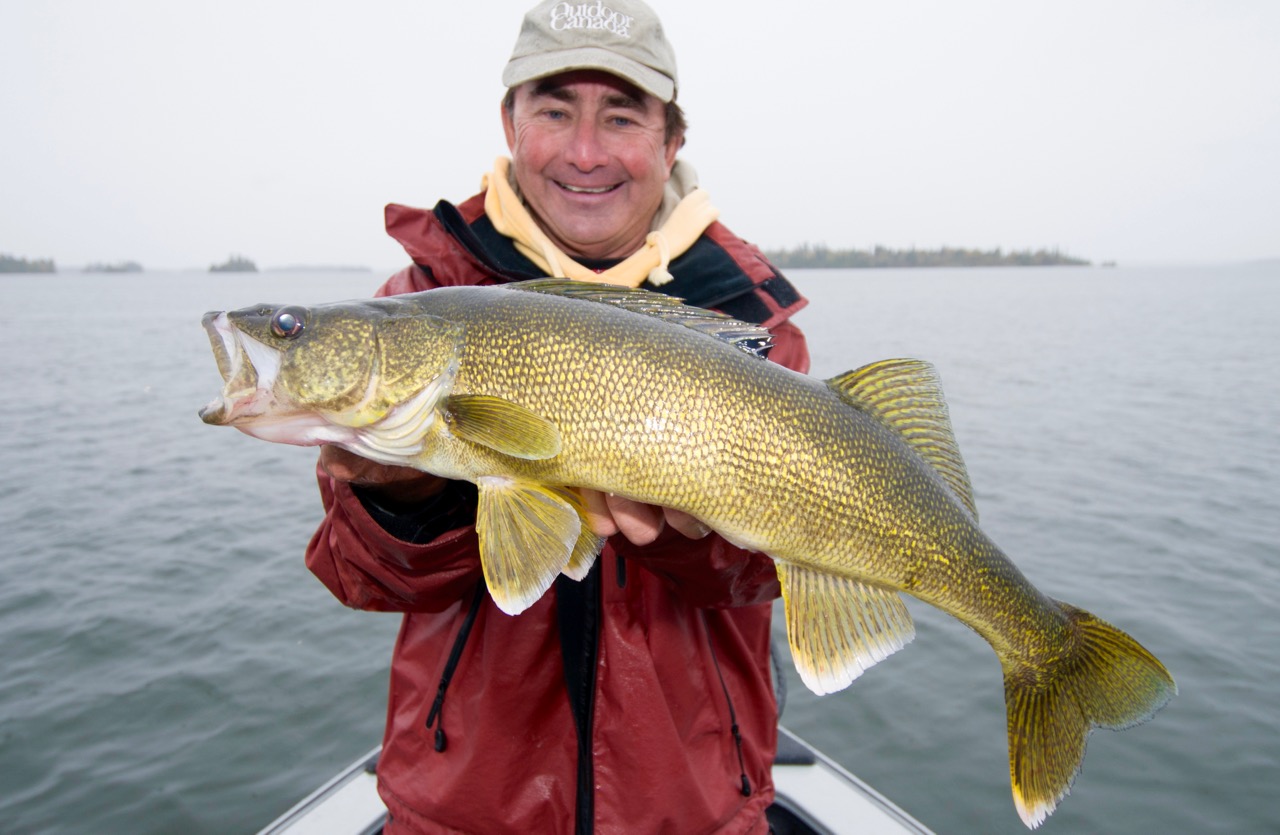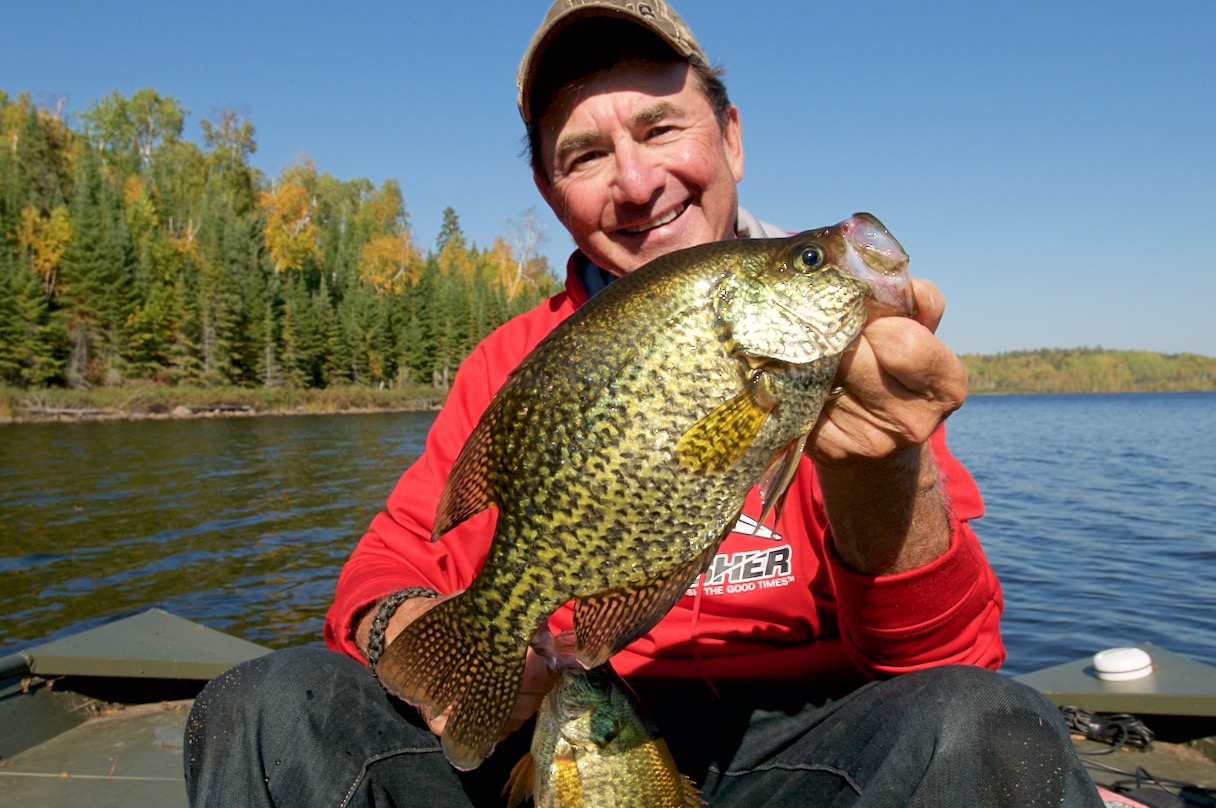Fall favourites
Use these new tactics to hit the water for some of the year’s best fishing
Advertisement
BLACK CRAPPIES
One of the key characteristics of fishing in the fall is that you’ll find nearly every fish species starting to make their way into ever-deeper water. That’s largely a reflection of the fact that the lake is turning over and the thermocline, which has restricted the warm surface water from mixing with the cool bottom zone all summer long, is gradually being eliminated. Nighttime temperatures are also chilling the shallows, while daytime breezes serve to mix the water, restoring oxygen to the basin.
Advertisement
Fish are like stock markets—they hate volatility and relish stability. That’s why you’ll find schools of big, beautiful, slab-sided black crappies in 20 to 30 feet of water roaming the mud flats associated with the main-lake basin, where life is calm, cool and collected. In fact, you can often see the fish on your sonar screen spread out over an area as large as one-quarter of a football field. And once I’ve found the fish, my favourite way to target them is by pulling finesse bottom bouncers in front of bite-sized crankbaits.
I fashion simple, lightweight, R-shaped bottom bouncers using a wire former—a pair of needle-nose pliers will work just as well—and thin spinnerbait wire. After I’ve shaped the bouncer, I slide a 3/4-, 1- or 1½-ounce tungsten egg sinker up the bottom leg and kink the wire to hold it in place. Then I attach a small swivel to the outstretched horizontal arm and a 36- to 48-inch leader of four-pound-test monofilament line. To the end of that, I tie on the likes of the smallest LiveTarget Smelt, Rapala Minnow Rap, Scatter Rap Shad or Scatter Rap Crank.

A three-way swivel rig works almost as well as a finesse bottom bouncer, so it’s largely a matter of personal preference as to how you present your minuscule crankbait to the fish. Just make sure it’s suspended a foot or two off the bottom, a depth at which the fish have probably never seen such a small lure.
Advertisement
On many days, drifting slowly with the wind is ideal, using your electric trolling motor to simply keep you on track. When it’s particularly windy, on the other hand, and I’m fishing a small backcountry lake in my tin boat, I toss out a windsock to slow the boat down to the perfect crappie crankbait crawl.
Always test your crankbaits alongside the boat first to ensure they wobble seductively at between 0.5 and 0.75-mph. Most anglers speed up the boat when their lures don’t shimmy at this requisite slow speed, but that’s a mistake—if you troll too quickly in the fall, the crappies will not strike.
Advertisement


